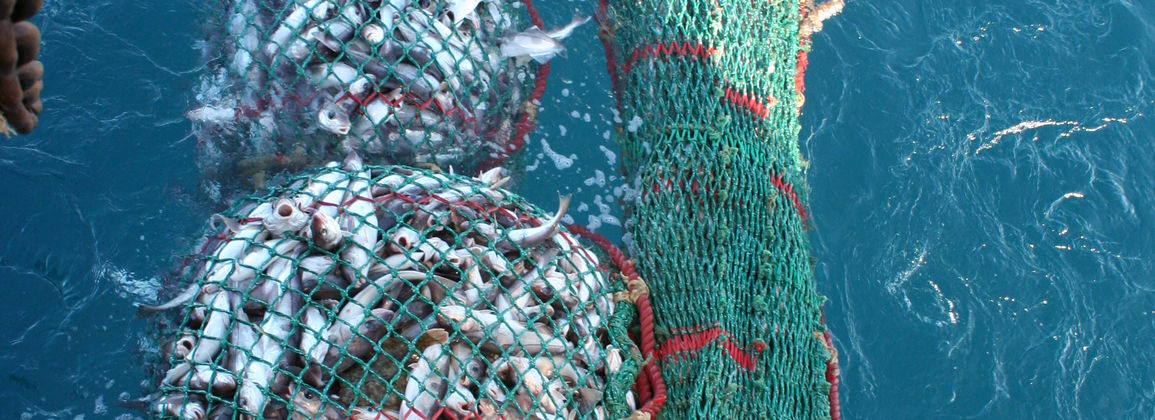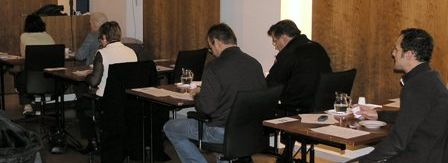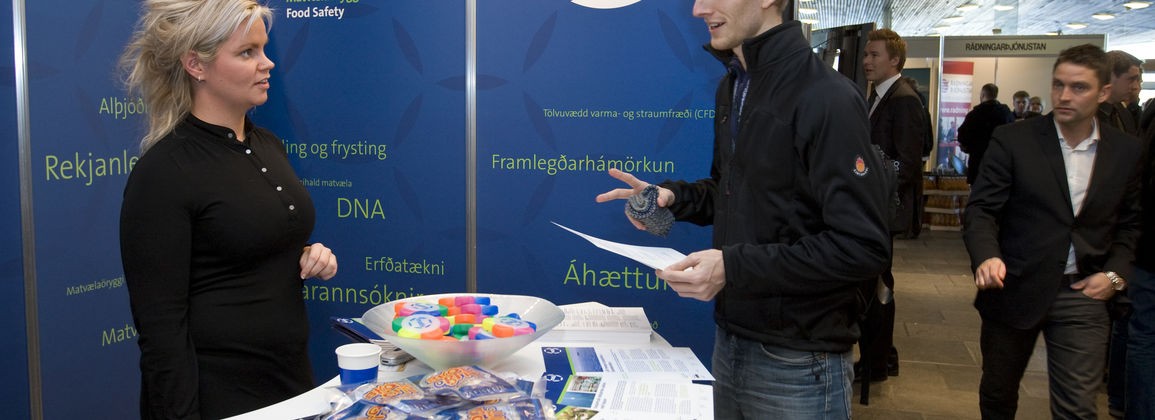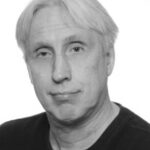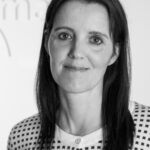QALIBRA - Cluster Meeting Report and Minutes from the 2nd Cluster meeting of the QALIBRA and BENERIS projects
This project report describes a joint meeting of two European projects called QALIBRA and BENERIS. The meeting was held in Helsinki, Finland from 6 to 9 November 2007. Both projects fall under Priority 5, Food Quality & Safety in the 6th EU Research Program and share some work components. The purpose of the meeting was:
1) Audit of two EU regulators on the work of the projects for the first 18 months
2) Ensure the flow of information between projects and discuss ongoing collaboration
3) Comments and proposals of the reference advisory committee of the projects on the work and the continuation
QALIBRA, or “Quality of Life - Integarted Benefit and Risk Analysis. Web-based tool for assessing food safety and health benefits, ”abbreviated QALIBRA (Heilsuvogin in Icelandic), is a three-and-a-half-year project led by Matís. The project manager is Helga Gunnlaugsdóttir, department manager at Matís. The aim of the QALIBRA project is to develop quantitative methods to assess both the positive and negative effects of food ingredients on human health. The goal is to present these methods in a computer program that will be open and accessible to all stakeholders on the web. The aim of the BENERIS project is to create a methodology for dealing with complex benefit-risk situations, and then use them to assess the benefits / risks that certain types of food can bring. The first type of food that will be used in the development of this methodology is seafood. This report describes the discussions and the main conclusions of the meeting.
This report is a summary of the 2nd Cluster meeting of the QALIBRA and the BENERIS projects in Helsinki, Finland, November 6-9th, 2007. Both projects are funded by the EC´s 6th framework program, and have the same contract starting dates and a common workpackage (WP6) for cluster activities. Both projects began on April 1st 2006 and will run until October 2009, or for 42 months. This report contains results of the discussions that took place and the actions defined, while the overheads presented during the meeting are compiled in an Annex to the report. The overall objective of QALIBRA is to develop a suite of quantitative methods for assessing and integrating beneficial and adverse effects of foods and making them available to all stakeholders as web-based software for assessing and communicating net health impacts. The overall objective of BENERIS is to create a framework for handling complicated benefit-risk situations and apply it for analysis of the benefits and risks of certain foods. The first food commodity to be used in the development of the methodology is seafood.
The objective of the Cluster meeting was:
1) Evaluation (by two independent experts appointed by the EC) of activities from the beginning of the projects until the meeting
2) Sharing of information on scientific progress and plans between Qalibra and Beneris, as well as planning of further cluster activities
3) Obtain feedback and advice from the Qalibra / Beneris Scientific Advisory Panel (SAP)
This report contains results of the discussions that took place and the actions defined.

